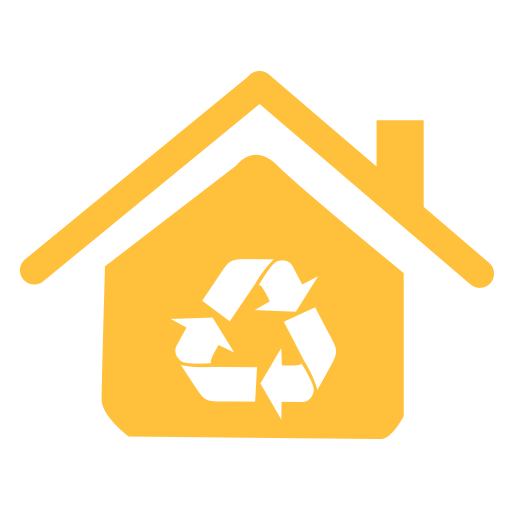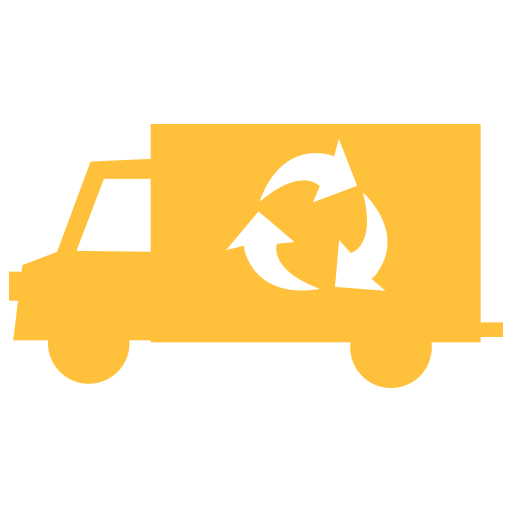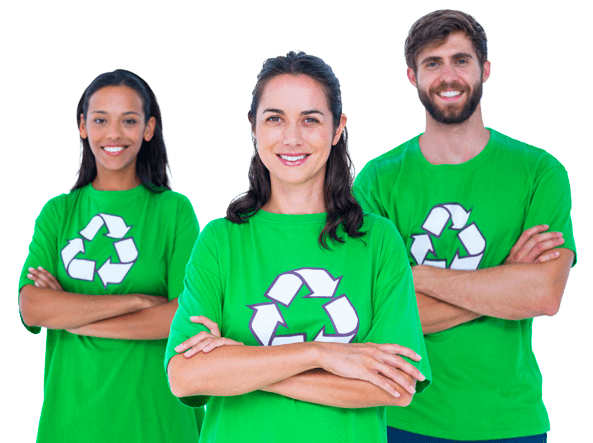Seeking Answers: How Can We Stop Microplastic Pollution
Posted on 15/08/2025
Seeking Answers: How Can We Stop Microplastic Pollution?
Microplastic pollution is one of the fastest-growing environmental concerns of the 21st century. Sparked by the massive production of plastic, these tiny particles infiltrate oceans, rivers, and even our food and water. But how can we stop microplastic pollution? In this comprehensive guide, we'll unravel the origins, dangers, and effective solutions to microplastic contamination. Whether you're a concerned citizen, policy maker, or business, this guide arms you with practical strategies and actionable steps to make a lasting difference.
Understanding Microplastics: Small Particles, Big Problems
Microplastics are plastic fragments measuring less than 5mm in size. They originate from products such as clothing, personal care items, and the breakdown of larger plastics. These particles are nearly invisible to the naked eye, yet their impact is immense. To understand how to prevent microplastic pollution, it's crucial to explore where these particles come from, how they travel, and why they're so persistent.
What are the Main Sources of Microplastic Contamination?
- Personal Care Products: Many cosmetics, such as face scrubs and toothpaste, contain microbeads which wash down the drain and enter water systems.
- Synthetic Textiles: Washing clothes made from polyester, nylon, and acrylic releases microfibers into wastewater.
- Tire Wear: As vehicles drive, tire abrasion gives off tiny synthetic particles that end up on roads and get washed into waterways.
- Degraded Plastics: Discarded plastic waste breaks down under UV light and weather, shedding micro-sized fragments.
- Industrial Processes: Manufacturing and transportation of plastic pellets--known as nurdles--can lead to accidental microplastic emissions.
Where Do Microplastics End Up?
Once released, microplastics travel far and wide. They settle in oceans, lakes, rivers, soils, and the atmosphere. Studies reveal traces of microplastics in Arctic snow, deep ocean trenches, and even the air we breathe. This far-reaching spread means stopping microplastic pollution is a global, interconnected challenge.

Why is Microplastic Pollution Dangerous?
The risks posed by microplastic contamination are both environmental and health related. Understanding these dangers is essential for finding and supporting effective solutions.
- Threat to Marine Life: Fish, birds, and plankton accidentally ingest microplastics, leading to blockages, reduced growth, and reproductive harm.
- Chemical Contaminants: Microplastics can absorb toxins such as pesticides and pollutants, which then bioaccumulate up the food chain.
- Human Health Risks: Recent studies suggest microplastics have entered our bodies via seafood, water, and even the air, with potential links to inflammation, hormonal disruption, and toxicity.
With such widespread effects, stopping microplastic pollution is more urgent than ever. So, what can be done?
Current Strategies to Prevent Microplastic Pollution
Tackling microplastic pollution requires a multifaceted approach encompassing government policies, innovation, business responsibility, and individual action. Here are the most effective strategies being employed worldwide:
1. Regulation and Policy Change
- Banning Microbeads: Countries such as the UK, Canada, and Sweden have enacted bans on the use of microbeads in personal care products, resulting in a substantial reduction of microplastics in water systems.
- Limiting Single-use Plastics: Policies targeting disposable packaging and products decrease the volume of plastic waste prone to fragmentation.
- Setting Industry Standards: Governments are working to enforce stricter standards for the production, transportation, and recycling of plastics.
2. Innovations in Wastewater Treatment
Modern wastewater plants are being retrofitted with advanced filtration systems capable of capturing up to 99% of microplastics before treated water is released into rivers or seas. Techniques include:
- Membrane Filtration
- Dissolved Air Flotation
- Sand Filtration
While these methods are promising, they're not universally accessible, especially in lower-income regions and rural areas.
3. Sustainable Material Innovation
Research is accelerating into alternatives that:
- Decompose swiftly in the environment (e.g., bioplastics made from corn starch or algae)
- Use less plastic overall in clothing, packaging, and products
- Encourage durability: Long-lasting materials reduce breakdown into microplastics
4. Tackling Microfiber Pollution from Textiles
One of the largest contributors to microplastic contamination is textile microfibers. Brands and scientists are developing:
- New fabric blends that shed fewer fibers
- Washing machine filters that capture microfibers before wastewater is discharged
- Guidelines for consumers and laundries to wash less, use colder water, and buy natural fiber clothing
How Can Individuals Help Stop Microplastic Pollution?
While global action is critical, every person's choices matter. Here's what you can do to help eradicate microplastic pollution in your daily life:
Change Your Consumption Habits
- Switch to Natural Fibers: Choose clothing made from cotton, wool, or linen instead of synthetics.
- Opt for Reusables: Use refillable water bottles, shopping bags, and storage containers.
- Avoid Products with Microbeads: Carefully check labels on beauty and cleaning products.
- Reduce Plastic Packaging: Shop at bulk stores, bring your own containers, and avoid individually wrapped items.
Laundry Best Practices
The way we wash our clothes heavily influences microplastic emissions. Consider these smart laundry habits:
- Do fewer washes--only when necessary.
- Wash with colder water and gentle cycles to reduce fiber shedding.
- Use a specialized microfiber-catching laundry bag or filter available from eco-friendly brands.
Support Policy and Innovation
- Vote for leadership supporting plastic regulation and better waste management.
- Join local clean-up events to remove plastics before they degrade into microplastics.
- Support scientific research through donations or advocacy work.
- Spread awareness--educate your friends, family, and community about the dangers and solutions to microplastic pollution.
Promising Future Technologies to Eliminate Microplastic Pollution
Innovators worldwide are racing to develop technological solutions for microplastic removal and prevention. Some exciting advancements include:
- Magnetic Nano-Beads: Scientists are experimenting with beads that bind to microplastics and can then be removed with magnets, effectively cleaning water supplies.
- Enzyme-Driven Degradation: Research into specialized enzymes capable of 'digesting' plastic into harmless components is making headway, promising a future where plastics can be neutralized safely.
- Artificial Intelligence for Waste Sorting: AI-powered robots and sensors can improve recycling rates and stop plastics from entering the environment in the first place.
- Innovative Ocean Cleanup Devices: From floating booms to autonomous vessels, new devices are being piloted to filter microplastics from rivers before they reach the sea.
Global Efforts and Collaborations--A Worldwide Battle
Microplastic pollution knows no borders. Stopping it requires international collaboration and sharing best practices. Major environmental groups such as the United Nations Environment Programme (UNEP) and WWF are driving international agreements and research projects. These efforts focus on:
- Developing shared standards for measuring and monitoring microplastics
- Investing in waste management infrastructure in developing regions
- Fostering public-private partnerships to drive innovation
- Encouraging states to sign up to international plastic treaties
The fight against microplastic pollution is gaining momentum. As more nations, businesses, and individuals recognize the scope of the problem, the number of potential solutions continues to grow.

What Lies Ahead? The Path to a Microplastic-Free Future
Can we truly stop microplastic pollution? While total eradication may be a challenge given existing contamination, dramatic reductions are possible with coordinated effort, smart policy, and everyday action. Our best hope is a society that values clean water, responsible consumption, and environmental protection as core principles.
- Continued Innovation: Support for research and technology will continuously generate inventive solutions.
- Education: Broad awareness ensures the public pressure needed to spark change and demand accountability.
- Systemic Change: From industry standards to government policy, large-scale shifts are needed for enduring impact.
- Personal Responsibility: Each of us can choose to be part of the solution every single day.
Conclusion: The Power to Stop Microplastic Pollution is in Our Hands
Microplastic pollution is one of the most pressing crises of our time, threatening the environment, wildlife, and human health. However, with knowledge, advocacy, and innovation, we have the tools to turn the tide. We can stop microplastic pollution--not just by waiting for governments or scientists, but by making everyday choices that add up to a cleaner, healthier world for all. Now is the moment to act, to seek answers, and to be the change our planet so desperately needs.
Explore, share, and take action today--because together, we can make microplastic pollution a thing of the past!

 020 3875 4121
020 3875 4121 020 3875 4121
020 3875 4121




 House clearance
House clearance Rubbish collection
Rubbish collection When it comes to your house clearance London you won’t find a better firm in town than London Rubbish Removal! We have a range of ways to...
When it comes to your house clearance London you won’t find a better firm in town than London Rubbish Removal! We have a range of ways to... London Rubbish Removal is just waiting to help you...
London Rubbish Removal is just waiting to help you...





